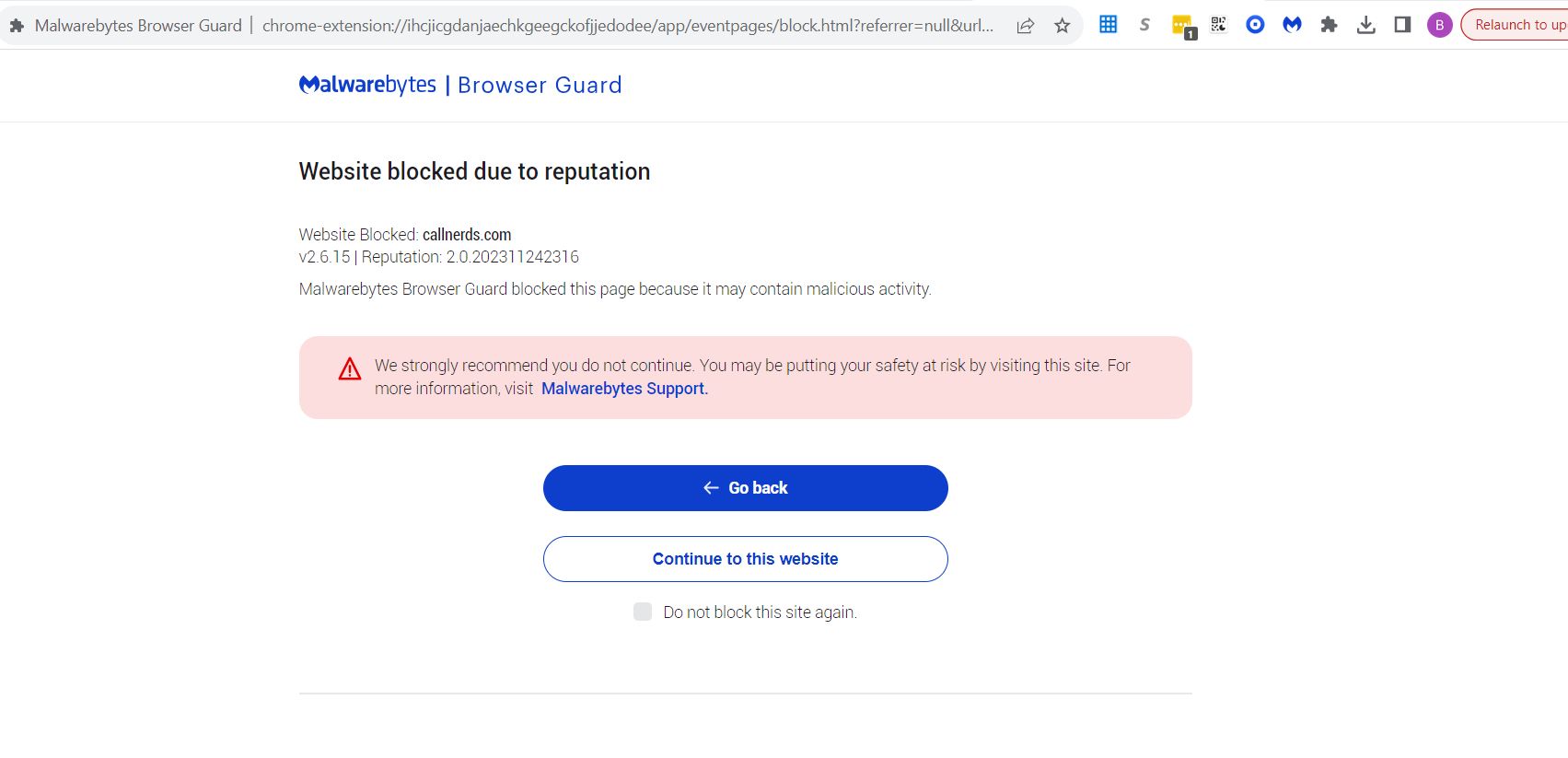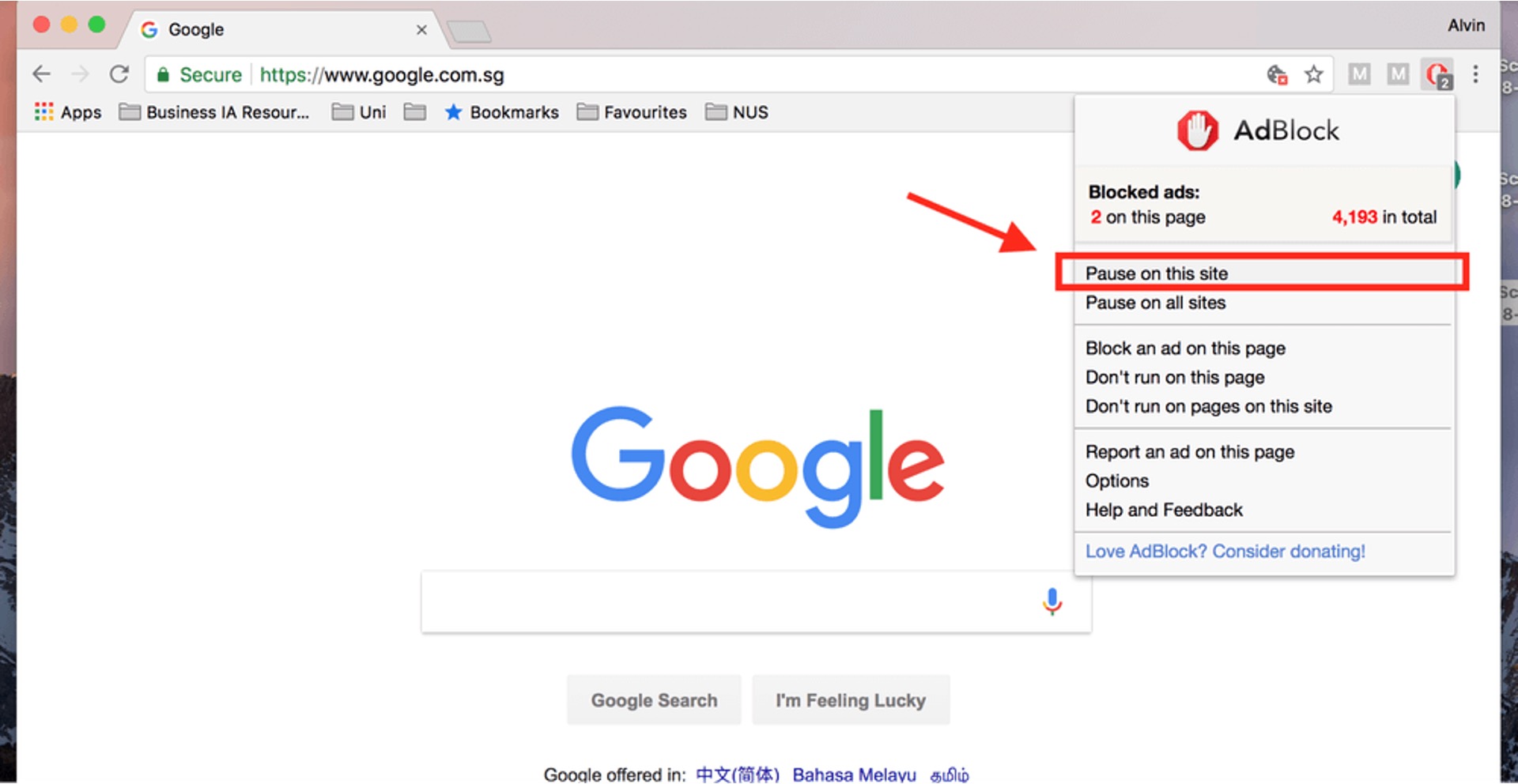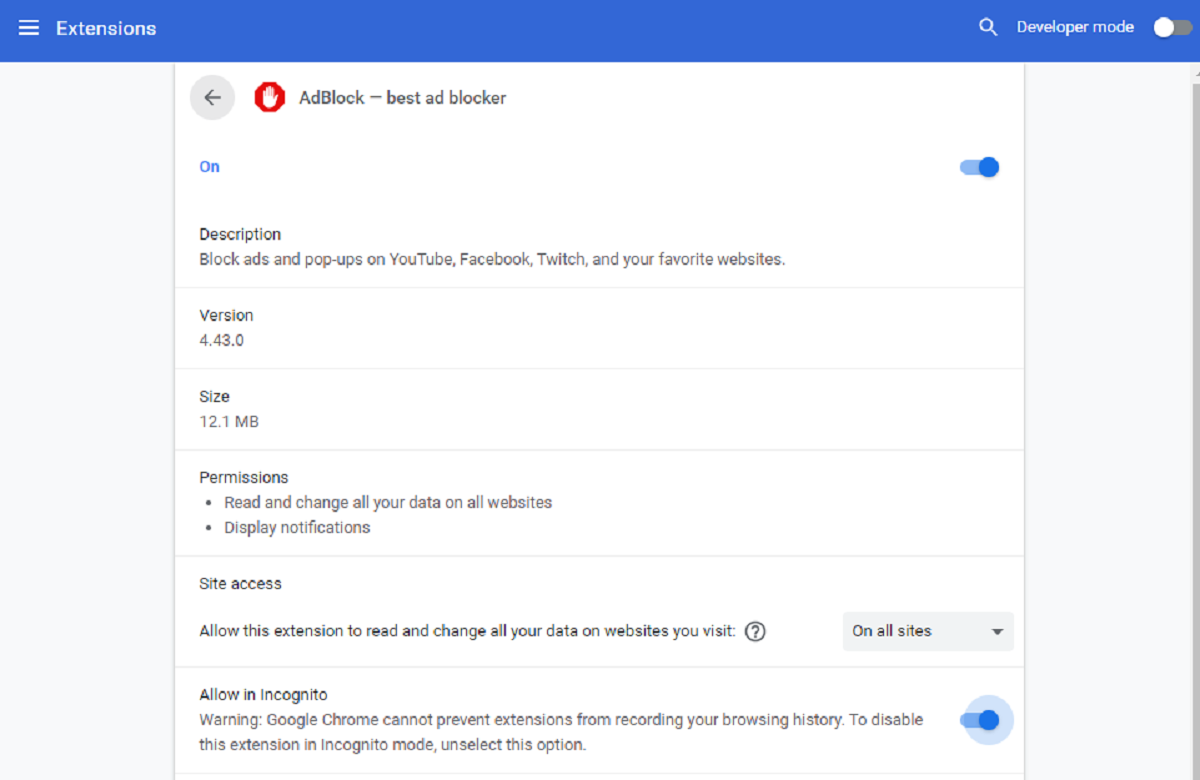Introduction
In the vast digital landscape, web browsers serve as our gateway to the online world, allowing us to explore a myriad of websites and applications. However, amidst the countless virtual destinations, there are instances where certain websites may be inadvertently blocked or restricted by browser settings. This can be a frustrating experience, especially when trying to access essential resources or favorite online platforms.
Fortunately, modern web browsers such as Google Chrome offer a solution in the form of website whitelisting. This feature empowers users to designate specific websites as trusted entities, ensuring that they are always accessible and unhindered by default browser security measures. By whitelisting a website, users can bypass potential restrictions and enjoy a seamless browsing experience, free from unnecessary interruptions.
Understanding the significance and functionality of website whitelisting is crucial for maximizing the utility of web browsers. Whether it's granting unrestricted access to educational resources, productivity tools, or entertainment platforms, the ability to whitelist websites in Chrome can greatly enhance the overall browsing experience. In the following sections, we will delve into the intricacies of website whitelisting and explore the step-by-step process of whitelisting websites in the Google Chrome browser.
Understanding Website Whitelisting
Website whitelisting is a fundamental aspect of browser security and accessibility management. In essence, it involves explicitly permitting certain websites to bypass default browser restrictions, thereby ensuring seamless access to these designated online destinations. This mechanism operates on the premise of trust, allowing users to identify and authorize specific websites that they deem safe, reliable, and essential to their browsing activities.
By whitelisting a website, users effectively communicate to the browser that the designated web address is a trusted entity, deserving of unimpeded access. This is particularly valuable in scenarios where default browser settings or security features may inadvertently block or restrict access to certain websites. Whether it's educational platforms, productivity tools, or entertainment websites, whitelisting empowers users to tailor their browsing experience to align with their preferences and requirements.
From a security standpoint, website whitelisting serves as a proactive measure to mitigate potential risks associated with unauthorized or malicious websites. By explicitly specifying which websites are permitted to load and execute content within the browser, users can reduce the likelihood of encountering harmful or deceptive online resources. This proactive approach to security aligns with the broader objective of fostering a safe and secure browsing environment for users.
Moreover, website whitelisting can be instrumental in optimizing productivity and streamlining access to essential online resources. In professional settings, organizations may leverage whitelisting to ensure that employees have unobstructed access to business-critical websites and web-based applications. This not only enhances operational efficiency but also minimizes the likelihood of productivity disruptions stemming from inadvertent website restrictions.
In summary, website whitelisting represents a pivotal mechanism within web browsers, offering users the flexibility to curate their browsing experience while reinforcing security and accessibility. By understanding the underlying principles and implications of website whitelisting, users can harness this feature to tailor their browsing environment, foster productivity, and safeguard against potential online threats.
Steps to Whitelist Websites in Chrome
Whitelisting websites in Google Chrome is a straightforward process that empowers users to ensure seamless access to their preferred online destinations. Whether it's educational platforms, productivity tools, or entertainment websites, whitelisting allows users to bypass potential restrictions and enjoy uninterrupted browsing. Here's a comprehensive guide outlining the steps to whitelist websites in Chrome:
-
Accessing Chrome Settings: To initiate the whitelisting process, start by opening Google Chrome on your computer. Next, navigate to the top-right corner of the browser window and click on the three vertically aligned dots, which represent the "Customize and control Google Chrome" menu.
-
Selecting Settings: From the dropdown menu, select "Settings" to access the comprehensive configuration options for your Chrome browser.
-
Navigating to Site Settings: Within the Settings menu, scroll down and click on "Privacy and security" in the left-hand navigation pane. Subsequently, select "Site settings" to delve into the specific controls governing website permissions and access.
-
Managing Permissions: Under the "Site settings" section, locate and click on "Additional permissions" to reveal a range of advanced website management options.
-
Whitelisting a Website: Within the "Additional permissions" menu, identify and click on "Popups and redirects." This will lead you to a screen where you can manage permissions for allowing or blocking popups and redirects on specific websites.
-
Adding the Website to the Allow List: To whitelist a website, click on the "Add" button next to the "Allow" section. Here, you can input the web address of the website you wish to whitelist, ensuring that it is exempt from popup and redirect restrictions.
-
Confirming the Whitelisting: After entering the website address, click "Add" to confirm the whitelisting action. This designates the specified website as a trusted entity, allowing it to bypass default popup and redirect restrictions within the Chrome browser.
-
Verification and Testing: Once the website has been whitelisted, it's advisable to verify the changes by visiting the designated web address. By doing so, you can ensure that the whitelisting process has been successfully implemented, enabling seamless access to the website without encountering popup or redirect restrictions.
By following these step-by-step instructions, users can effectively whitelist websites in Google Chrome, thereby customizing their browsing experience and ensuring unimpeded access to their preferred online destinations.
This comprehensive guide empowers users to navigate the intricacies of website whitelisting in Chrome, fostering a seamless and personalized browsing experience tailored to their preferences and requirements.
Conclusion
In conclusion, the ability to whitelist websites in Google Chrome represents a pivotal capability that empowers users to tailor their browsing experience, foster productivity, and ensure seamless access to their preferred online destinations. By understanding the underlying principles and implications of website whitelisting, users can harness this feature to curate a personalized browsing environment while reinforcing security and accessibility.
The process of whitelisting websites in Chrome, as outlined in the comprehensive guide, offers users a clear and structured approach to customizing their browsing experience. By navigating through the settings and permissions within the Chrome browser, users can designate specific websites as trusted entities, exempting them from default popup and redirect restrictions. This not only streamlines access to essential online resources but also minimizes potential interruptions, enabling users to engage with their preferred websites without unnecessary barriers.
Furthermore, website whitelisting serves as a proactive measure to mitigate potential risks associated with unauthorized or malicious websites. By explicitly specifying which websites are permitted to load and execute content within the browser, users can reduce the likelihood of encountering harmful or deceptive online resources. This proactive approach to security aligns with the broader objective of fostering a safe and secure browsing environment for users, enhancing their overall online experience.
From an organizational standpoint, website whitelisting can be instrumental in optimizing productivity and streamlining access to business-critical websites and web-based applications. By ensuring unimpeded access to essential resources, businesses can minimize the likelihood of productivity disruptions stemming from inadvertent website restrictions, thereby fostering a conducive and efficient digital work environment.
In essence, the process of whitelisting websites in Google Chrome is not only a practical endeavor but also a strategic approach to enhancing the browsing experience. By leveraging this feature, users can exercise greater control over their online interactions, ensuring that their preferred websites are readily accessible and unhindered by default browser security measures.
Ultimately, website whitelisting in Google Chrome embodies the convergence of user empowerment, security reinforcement, and personalized browsing experiences. By embracing this capability, users can navigate the digital landscape with confidence, knowing that their trusted online destinations are readily accessible, secure, and conducive to their browsing preferences and requirements.
























